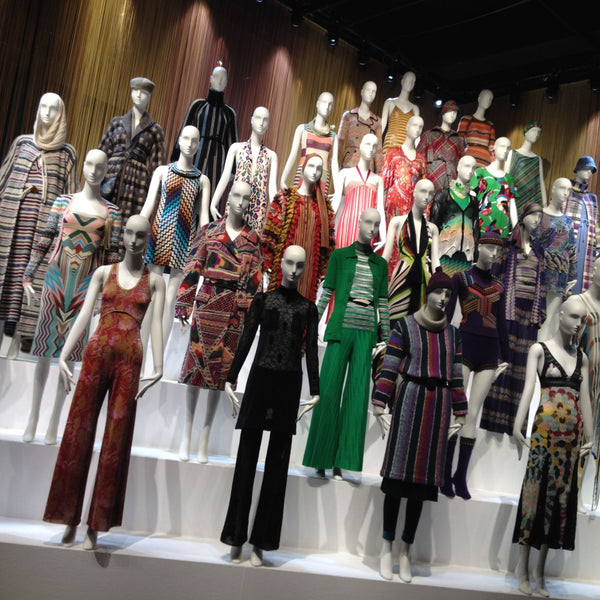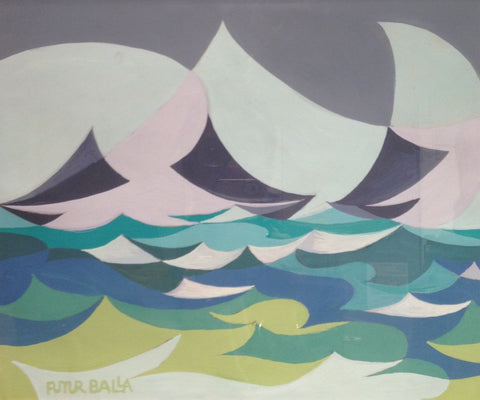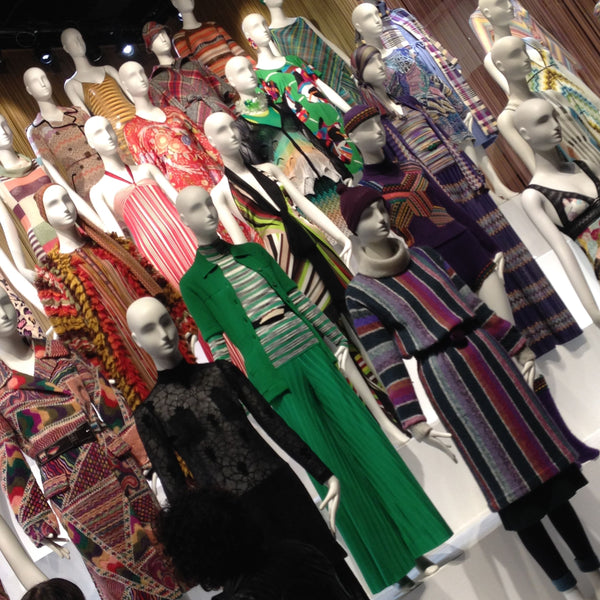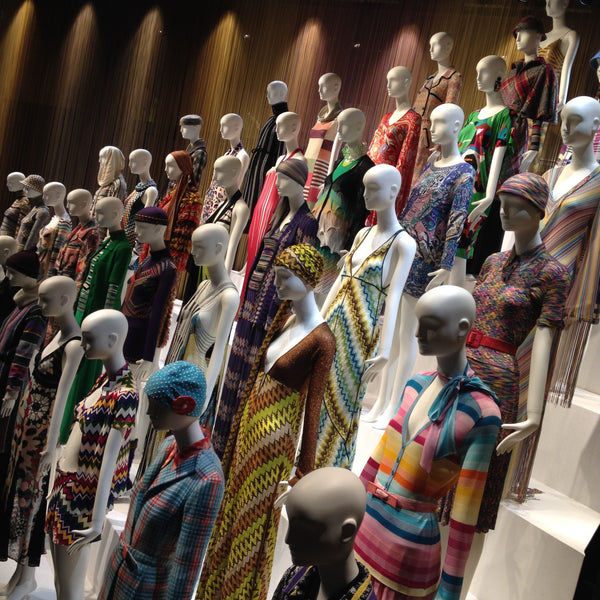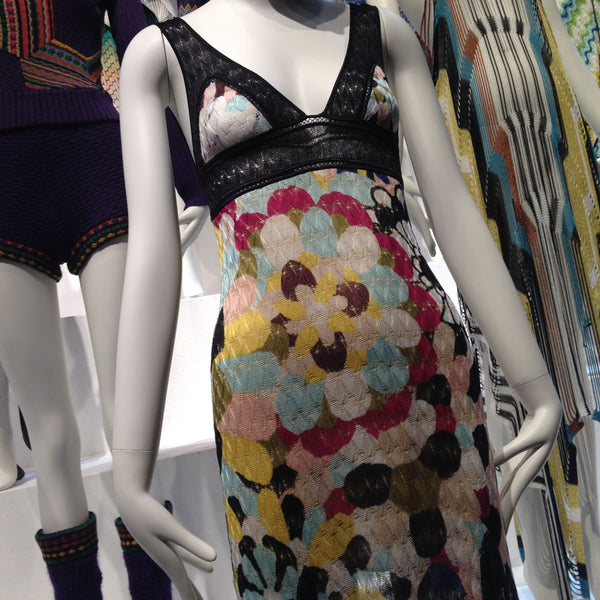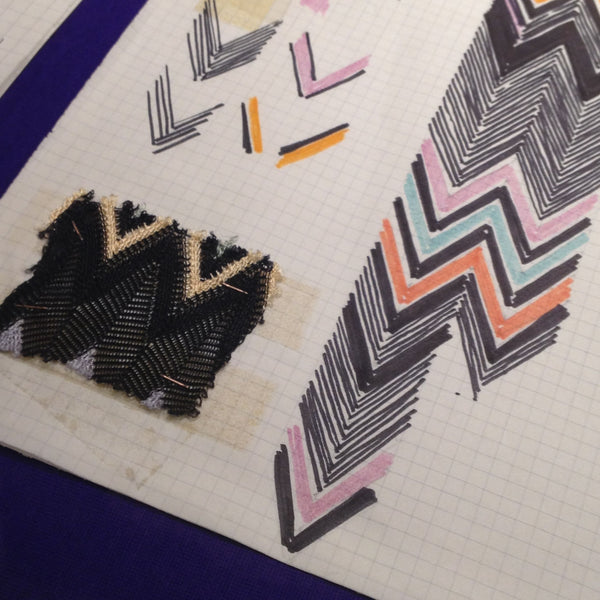NEW IN • Nani Iro 2016 Collection
As we're sure you all know by now, we're huge fans of Naomi Ito's abstract painterly designs! Working for Kokka Textiles, under the brand name of Nani Iro, this Japanese designer has a very distinctive handwriting and style to her work.

The 2016 Collection is, we think, one of her best! Naomi Ito's approach is definitely more artistic or painterly, rather than that of design. The initial artworks are usually painted with watercolours, you can often see the brush strokes within her designs, which create a great sense of movement.
This season's design Five Senses, pictured below, illustrates this beautifully, with its sweeping painterly brushstrokes, is inspired by nature. This particularcolourway in warm tones of grey, looks like it could be a 'cloudscape'.
Next we have the beautifully calming design, Komorebi, with its over-sized floral design and mix of neutrals, popped with coral, mustard and a pale acid green giving it a very contemporary look.
Saaaa Saaa Rondo, below, continues the painterly theme with it's hand painted stripes. Designed 15 years ago, for the very first Nani Iro collection, it's been brought right up to date with this modern mix of royal blue and warm brown colours.
Although inspired by textile fabrics made from dying and weaving methods from long ago, in Ori-Some, Naomi Ito has created a very modern looking print. The base has a subtle tones, created by building up layers using watercolours. Onto this she's then added suggestions of textile patterns, stripes and herringbone designs in Navy and Cream with highlights of metallic silver.
A smaller scale floral, but still with Nani Iro's distinctive handwriting, Lei Nani, shown below, is still a very contemporary design. Hand drawn it's beautifully detailed and the subtle metallic print adds another dimension to this pretty design.
Next we have another small scale print, Birdseye, which has the look of an impressionist painting. Re-coloured for 2016, we love this colourway called Shinsei, with its tones of turquoise on a soft bluey grey.
Finally we have Pocho, this was the very first design that Naomi painted for the Nani Iro Collection 15 years ago. Part of the Pocho Basic range, we love the contrast of the metallic copper spots on the grey base of the colourway Gift Metallic.

We hope you like the fabrics that we've selected as much as we do and that they're helped to inspire you with your summer sewing projects. Shop the collection here



















